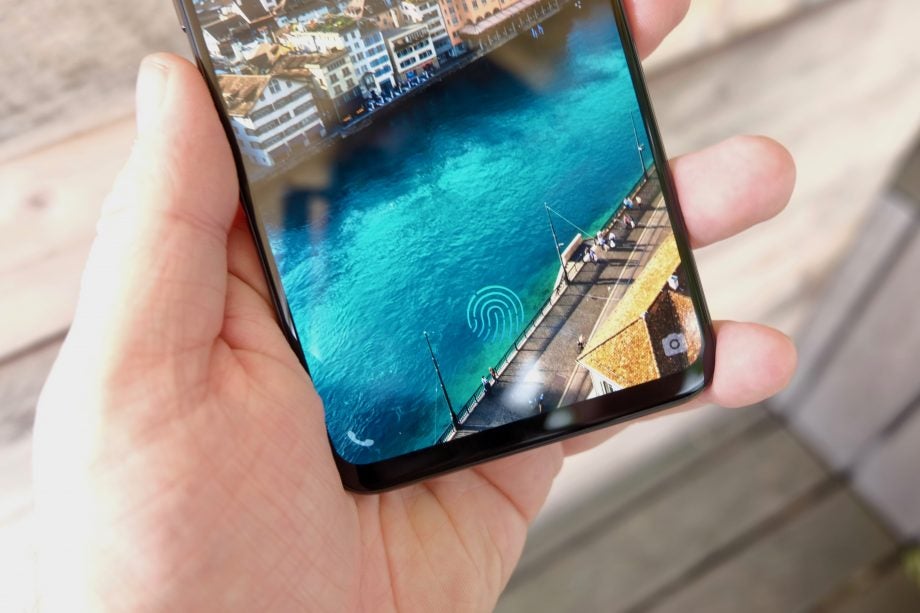In-display fingerprint scanners have hit the mainstream with the Huawei Mate 20 Pro

Huawei has just unveiled the Huawei Mate 20 Pro, its latest flagship phone to hit the UK and it certainly hasn’t skimped on features.
The most eye-catching of these new features is the new in-display fingerprint scanner, which replaces the traditional mechanical fingerprint sensor found on previous Mate devices.
Sitting underneath the display, the optical sensor reads your finger as you press it on a particular portion of the screen and unlocks your phone in the process. We tried it during a hands-on session with the Mate 20 Pro and while the setup required a good deal of time, it worked reliably once ready. It also just felt rather futuristic pressing down on the screen and having it unlock.
Related: Best smartphones
In-display fingerprint tech has been rumoured for inclusion in high-profile devices from Apple and Samsung for a number of years now, but it’s yet to materialise. That’s not to say it’s a completely new idea, Vivo included it in the Vivo Nex S and even Huawei itself in the very expensive Mate RS.
But, it’s inclusion in the Mate 20 Pro feels like the tech has finally hit the mainstream.
It’s not all good news, though. Due to the way the in-display sensor works, it’s not currently recognised by apps that would previously be unlocked by a typical fingerprint sensor. Banking apps, for example, will just default to asking you for your pin-code.
In-display goodness aside, the Mate 20 Pro packs the latest Kirin 980 chipset, three rear cameras and the ability to charge other phones wirelessly.
Do you think in-display fingerprint sensor are the way forward? Tweet us @trustedreviews


